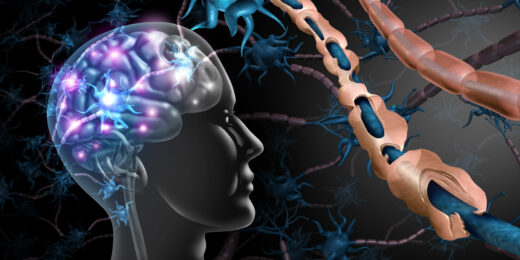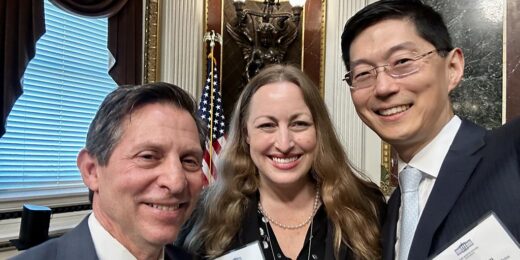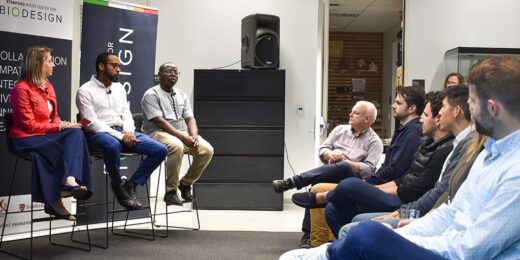Al’ai Alvarez, MD, a night shift doctor, or nocturnist, illuminates the culture and environment of the emergency department at night.
Category: Patient Care
Rethinking large language models in medicine
Stanford Medicine researchers and leaders discuss the need for medical and health professionals to shape the creation of large language models.
Imaging multiple sclerosis
Researchers developed a novel way to image inflammation in multiple sclerosis, a disease that is notoriously difficult to diagnose early.
Female distance runners improve health — and speed — with better diet
Stanford Medicine researchers find that with improved nutrition, female runners suffer less injuries and improve health overall.
Tips for night workers from an emergency department physician
Al’ai Alvarez, MD, a nocturnist, explains how to take care of yourself when you’re on the overnight shift.
It’s not ‘just cannabis,’ Stanford Medicine expert warns
Stanford Medicine expert discusses the risks of cannabis addiction and how it impacts health, especially in young people.
Unconventional Paths: Rock climber turned trauma surgeon
Once a professional climber, Joe Forrester had a near-death experience that put him on a path to be a trauma surgeon at Stanford Medicine.
Contributing to greener Stanford Medicine operating rooms
Stanford Medicine sustainability experts work with researchers, doctors and environmental professionals to ensure greener operating rooms.
Where in the brain is my sense of self?
Stanford Medicine researcher Josef Parvizi explores the neural origins of where one's sense of self lives in the brain.
Brain cancer specialists hope Biden’s Moonshot speeds therapies
Stanford Medicine brain cancer researchers joined other thought leaders in Washington, D.C. to discuss what the Biden Administration-led Cancer Moonshot initiative could mean.
Stanford Biodesign fellows hope to spur innovation in home countries
Biodesign program trains global fellows to take what they learn about technological innovation back home to train others.
What’s the deali-O Part 2: Navigating new weight loss drugs
Stanford Medicine obesity experts discuss the pros and cons of semaglutide, the active ingredient in Ozempic and other weight loss drugs.
This Is My Why: LGBTQ+ education
Stanford Medicine researchers, health care workers and staff speak to why they're passionate about LGBTQ+ care, education and advocacy.
Rethinking hospital diets: personalized, healthy, real food
Stanford Medicine doctors, dietitians and nutritionists rethink what it means to have healthy food for hospital patients.
What’s the deali-O with new weight loss drugs? Part 1
Stanford Medicine researchers weigh in on the promise and peril of increasingly popular diabetes drugs being used for weight loss.
Photos shine light on pediatric medical experience
Pediatric patients and their parents capture their experiences at Lucile Packard Children's Hospital Stanford, sharing photos in an exhibit.

















